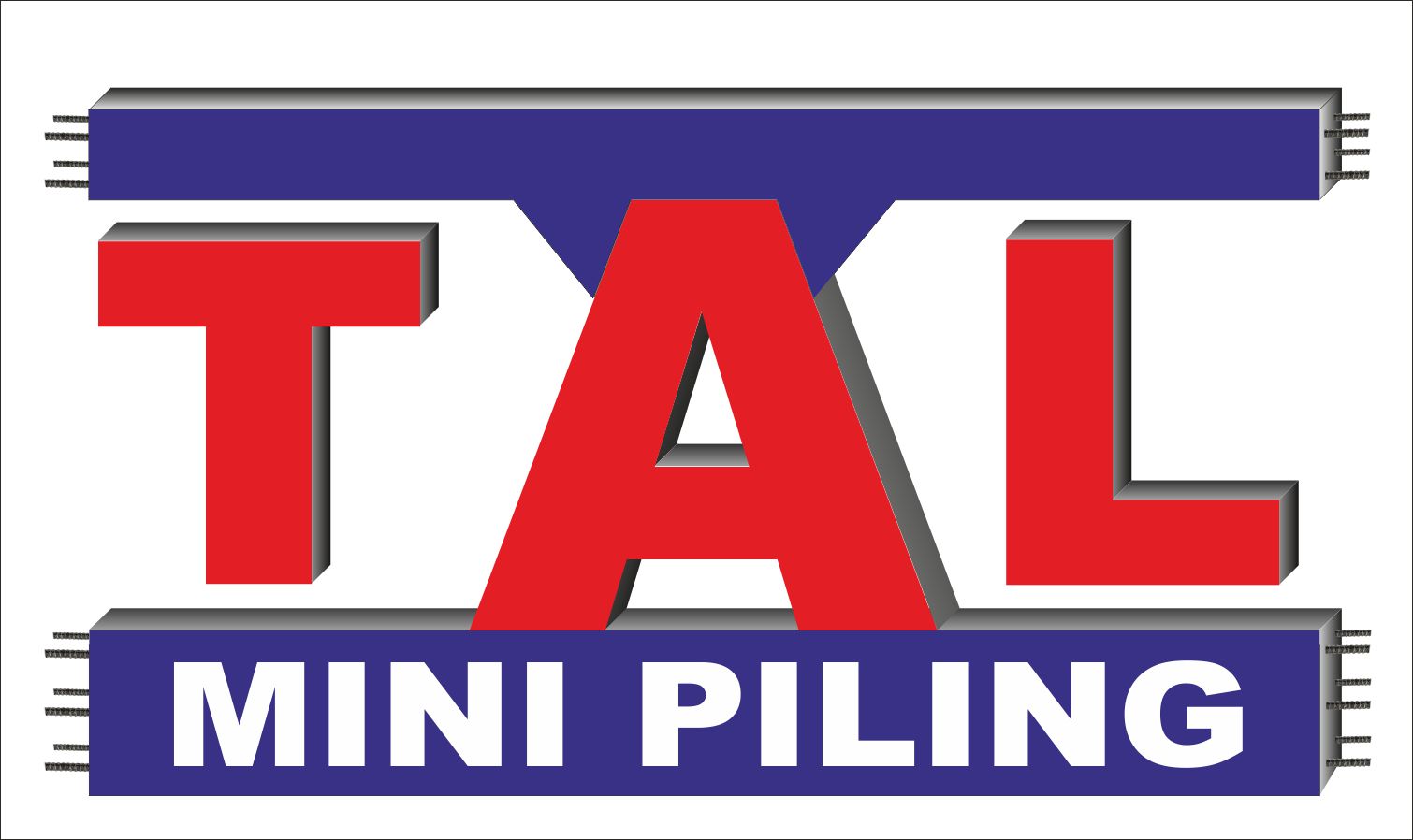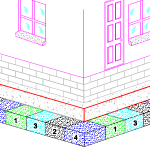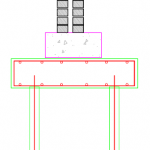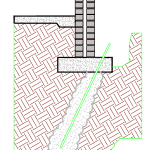- You are here:
- Home »
- Piling »
- Underpinning
Underpinning
What is Underpinning?
Underpinning is primarily undertaken to arrest further movement within a structure such as a house or corporate building. This movement may be as a result of inadequate foundations or due to poor subsoil underneath the foundations. Underpinning work can provide extra support to the subsoil, accomplished by pressure grouting, or by reinforcing the foundations themselves with piles and ground beams.
In the latter case, a pile and beam arrangement is used when the soil is unsuitable for cement grouting (soils such as silts and clays that resist penetration by cement), or in badly affected areas where grouting alone will not sufficiently address the problem.
Types of Underpinning
TAL Construction offer the following forms of underpinning to civil & structural Engineers, contractors, developers and the public sector:
Traditional Underpinning
Traditional Underpinning is a method of retro-fitting a foundation when building a structure or when building a house. Traditional underpinning creates a foundation where one doesn’t exist or is entirely inadequate. More on Traditional Underpinning
Underpinning: Pile & Beam
There are two types of foundation pile and beam – Compression Pile & Beam and Tension pile, Compression Pile & Cantilever Beam. More on Foundation Pile and Beam
Underpinning: Pressure Grouting & Grout Mixing
Pressure grouting is associated with foundation stabilisation procedures. The term Pressure grouting refers to the injection under pressure of a neat cement and water mixture into voids between soil particles. TAL have completed over 3,000 projects using this technique. More on Grouting & Grout Mixing
Traditional Underpinning Foundation Pile & Beam Pressure Grouting Procedure
Contact us for Underpinning
If you are in the public sector, a developer or a contractor, and you are considering working with us in relation to underpinning, contact us in our Dublin office on 01 6310300 or in our Cork office on 021 4345999.



